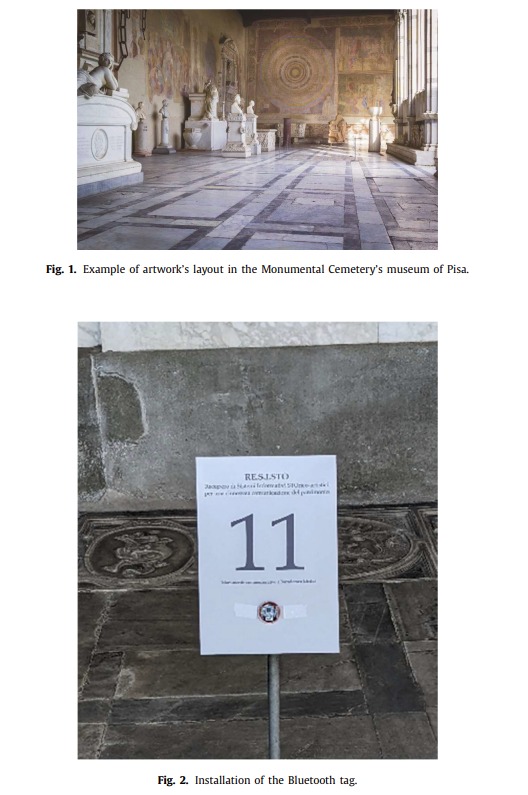Research on Bluetooth dataset for proximity detection in indoor environments collected with smartphones by Michele Girolami, Davide La Rosa, and Paolo Barsocchi, outlines the creation and details of a dataset aimed at enhancing proximity detection between people and points of interest (POIs) within indoor environments, particularly museums.
This dataset is created from Bluetooth beacon data collected from various smartphones during 32 museum visits, showing the interaction with Bluetooth tags placed near artworks. It includes data such as Received Signal Strength (RSSI) values, timestamps and artwork identifiers, providing a comprehensive ground truth for the start and end times of artwork visits.

The dataset is particularly designed for researchers and industry professionals looking to explore or improve upon methods for detecting the proximity between individuals and specific POIs using commercially available smartphone technologies. The primary aim is to facilitate rapid prototyping and the evaluation of indoor localisation and proximity detection algorithms under realistic conditions, leveraging accurate ground truth annotations and detailed hardware specifications.
The authors highlight the dataset’s significance in enabling the testing of proximity detection algorithms under real-world conditions, using data collected with commercial smartphones and Bluetooth tags. It allows for the examination of how RSS values vary across different devices and conditions, including during non-proximity events, providing insights into how these values change as a person approaches or leaves an artwork. This dataset is invaluable for researchers and startups aiming to analyse and automatically detect proximity between subjects and POIs in realistic conditions.
In creating the dataset, the team focused on replicating real-world museum visit conditions, ensuring visitors behaved naturally and that data collection reflected a variety of smartphones and visiting paths to accommodate device heterogeneity and environmental conditions. The methodology included varying the smartphones used for data collection and the sequence of artworks visited, to simulate different user experiences and conditions encountered in a museum setting.
Read about Beacons in Events and Visitor Spaces